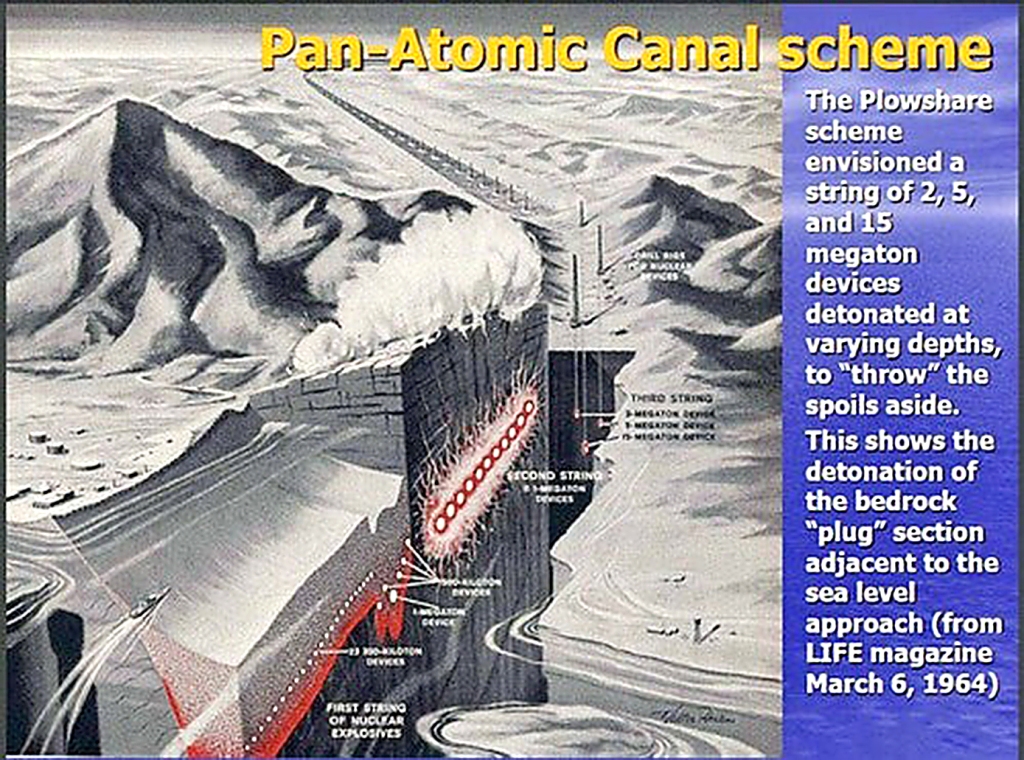I’ve noticed that I have slid back into my grumpy old man mindset lately with the last few blogs, complaining about my Cold War childhood and having to shovel snow all winter. So it is time to talk about what this blog was originally intended for in the first place, to discuss my art and writing. I started drawing in the fourth grade and eventually became a modestly successful graphic artist and illustrator over the years, up until my forced retirement. For the last nine years I have reinvented myself as a children’s museum exhibit painter, science fiction novelist and an occasional cartoonist, building on works that I started more then 45 years ago. I never made much money from cartooning then and I certainly am not going to make any money now. But that doesn’t stop me from scratching that cartooning itch that affects me when I least expect it.
Back about 1990 when my son Rob was quite young, like a lot of youngsters, he became interested in Dinosaurs. We were able to indulge him with trips to museums, fossil digs and me doing a few paintings of Dinosaurs. I also began to develop a Dino cartoon strip. It was on the heels of a long-time science fiction cartoon strip by me, so I was familiar with the process. Back then, I roughed out some characters from different Dino species and threw them together for occasionally funny interactions, I drew some 50 individual strips and sent them out for a proposed book, but actually, nothing much happened. So I put them aside on my ancient computer and they languished in a half-forgotten file. During a much needed art studio update and clean-up three years ago, I came upon some old print-outs of my early work and wondered if it would be worthwhile to take a second look at the cartoons.
After reading some new books about Dinosaurs and Mammals, I decided to make my old, roughly drawn characters, anatomically accurate, and that has come with a number of challenges. Some dinosaurs are large, quite tall and extremely long, not exactly fitting smoothly into a square cartoon panel. Accurate Dino drawings also don’t look very humorous and I had to find small ways to modify their faces and other features without getting too far from reality. Now that they have been drawn, (with continuing modifications), I will plug them into the original cartoons that I did a long time ago and see where it goes. Who knows, maybe I will finally get them published, 30 years after I started them.
(Stay tuned for some of the strips, hopefully. I am going to start working again at the museum on some new exhibits so I am not sure how much extra time I will have for this in the next few months.)






